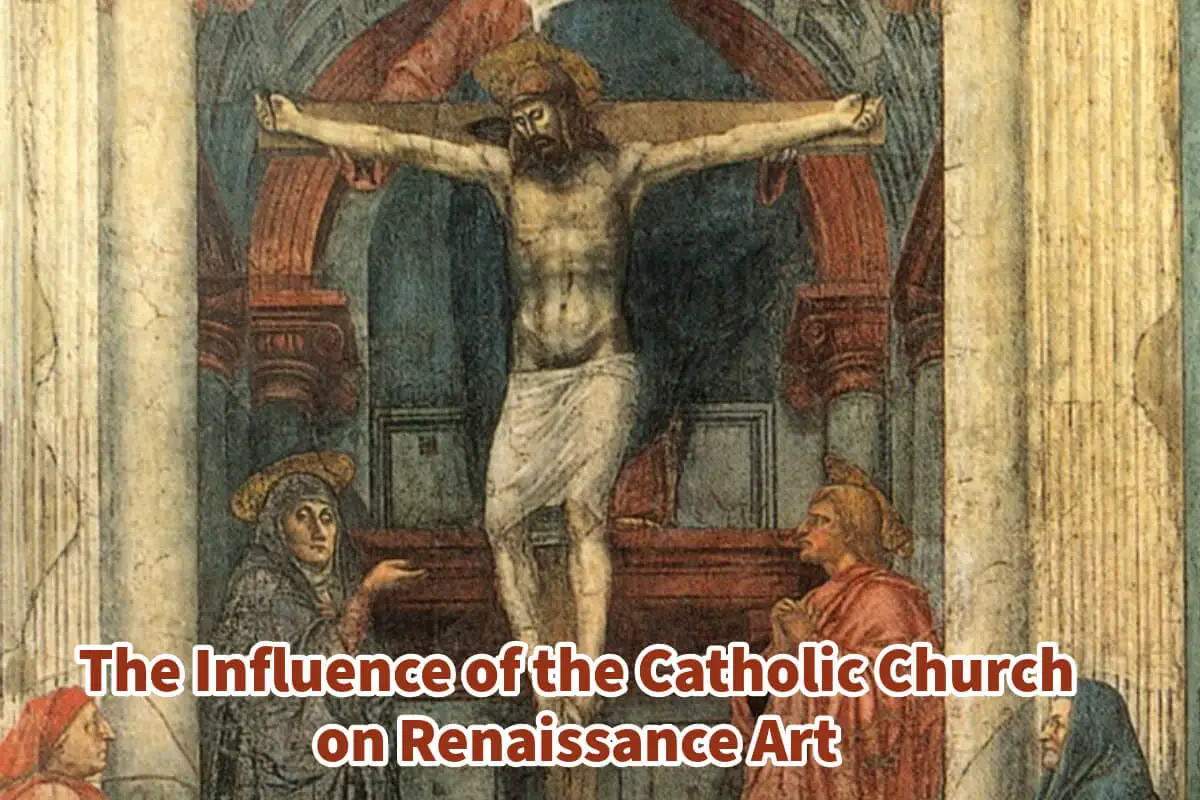The Renaissance was a transformative period in European history, spanning the 14th to the 17th century. It was marked by a revival of classical learning, humanism, and artistic achievement.
At the heart of the Renaissance cultural revolution stood the Catholic Church, an influential patron of the arts and a central figure in Europeans’ daily lives. The Church’s influence on Renaissance art profoundly shaped the themes, techniques, and purposes of some of history’s most iconic works.
Table of Contents
- The Role of the Catholic Church as Patron of the Arts
- Religious Themes in Renaissance Art
- Artistic Innovations Fostered by the Church
- Key Artists and Their Contributions to Religious Art
- The Counter-Reformation and Religious Art
- The Enduring Legacy of Catholic Church Art
- Catholic Church and Renaissance Art: A Sacred Partnership
- Related Questions
Read on as we will explore how the Catholic Church became the driving force behind Renaissance art, the religious themes that dominated the era, and how artists like Michelangelo, Leonardo da Vinci, and Raphael redefined sacred imagery.
The Role of the Catholic Church as Patron of the Arts
During the Renaissance, the Catholic Church was a religious institution and a political and cultural powerhouse. It wielded immense influence over Europe, using art as a medium to communicate religious values, assert its authority, and inspire devotion among the faithful.
Art as a Tool for Religious Education
In a time when literacy was limited, visual art became an essential tool for the Church to convey Biblical stories and theological ideas. Paintings, sculptures, and frescoes served as “visual sermons,” teaching the faithful about the lives of Christ, the Virgin Mary, and the saints. Churches and cathedrals were adorned with vivid, dynamic artwork that made complex religious concepts accessible to the masses.
The Wealth of the Church
The Catholic Church’s immense wealth made it a significant arts patron. Popes, cardinals, and bishops commissioned monumental works to adorn churches, chapels, and cathedrals, seeking to glorify God and showcase the Church’s cultural dominance.
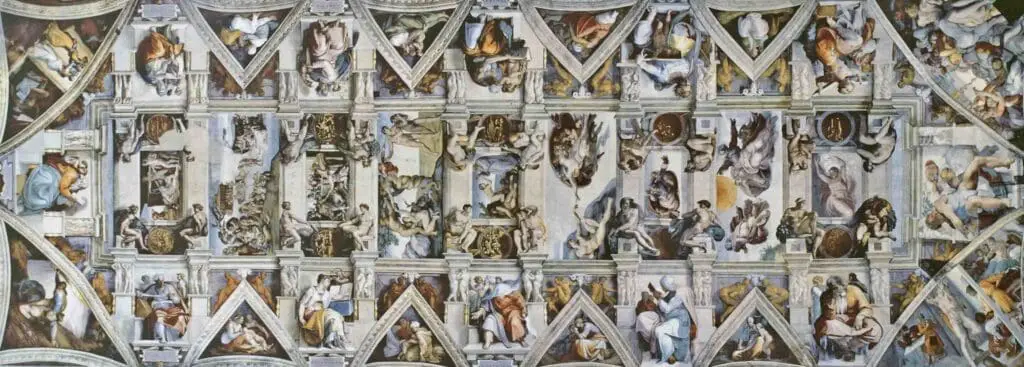
Key figures like Pope Julius II and Pope Leo X played pivotal roles in fostering the careers of great artists, funding projects such as Michelangelo’s Sistine Chapel ceiling and Raphael’s The School of Athens.
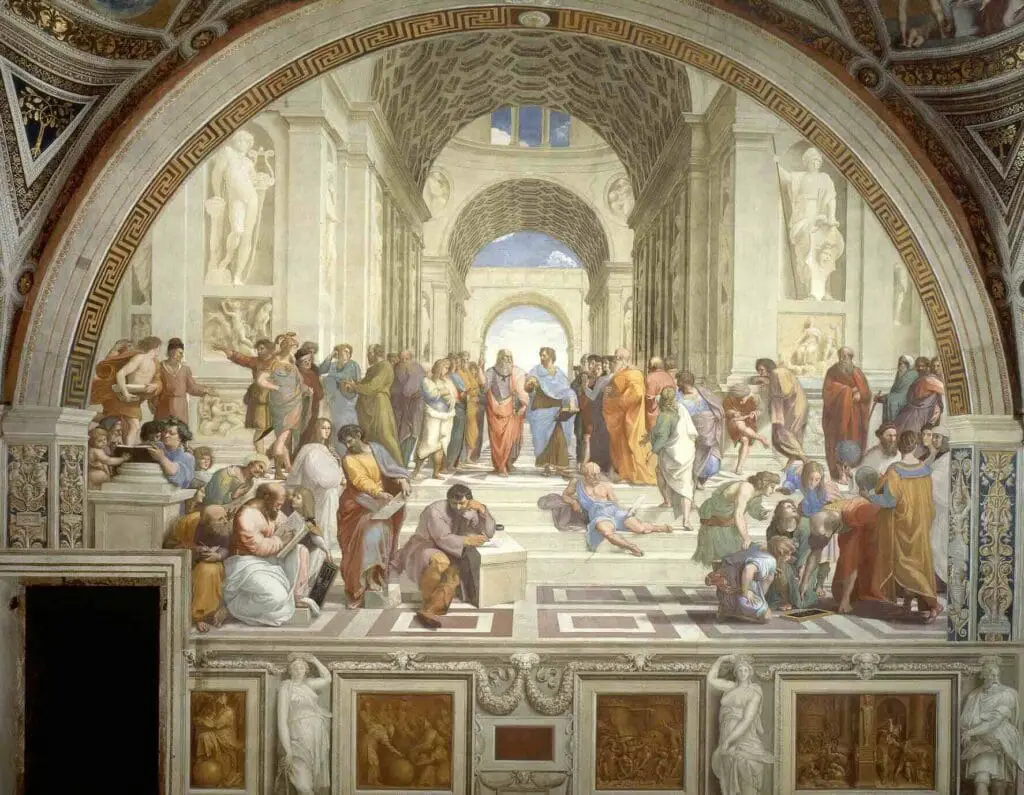
Religious Themes in Renaissance Art
Religious themes dominated Renaissance art, reflecting the central role of faith in society. Biblical narratives, depictions of saints, and representations of divine figures became the cornerstone of artistic expression.
The Life of Christ
Scenes from Jesus’s life were among the most frequently depicted subjects. The Nativity, Crucifixion, and Resurrection were central to Renaissance art, reflecting core aspects of Catholic theology. Artists like Fra Angelico and Giotto infused these stories with emotional depth and realism, making them resonate with viewers on a personal level.
The Virgin Mary
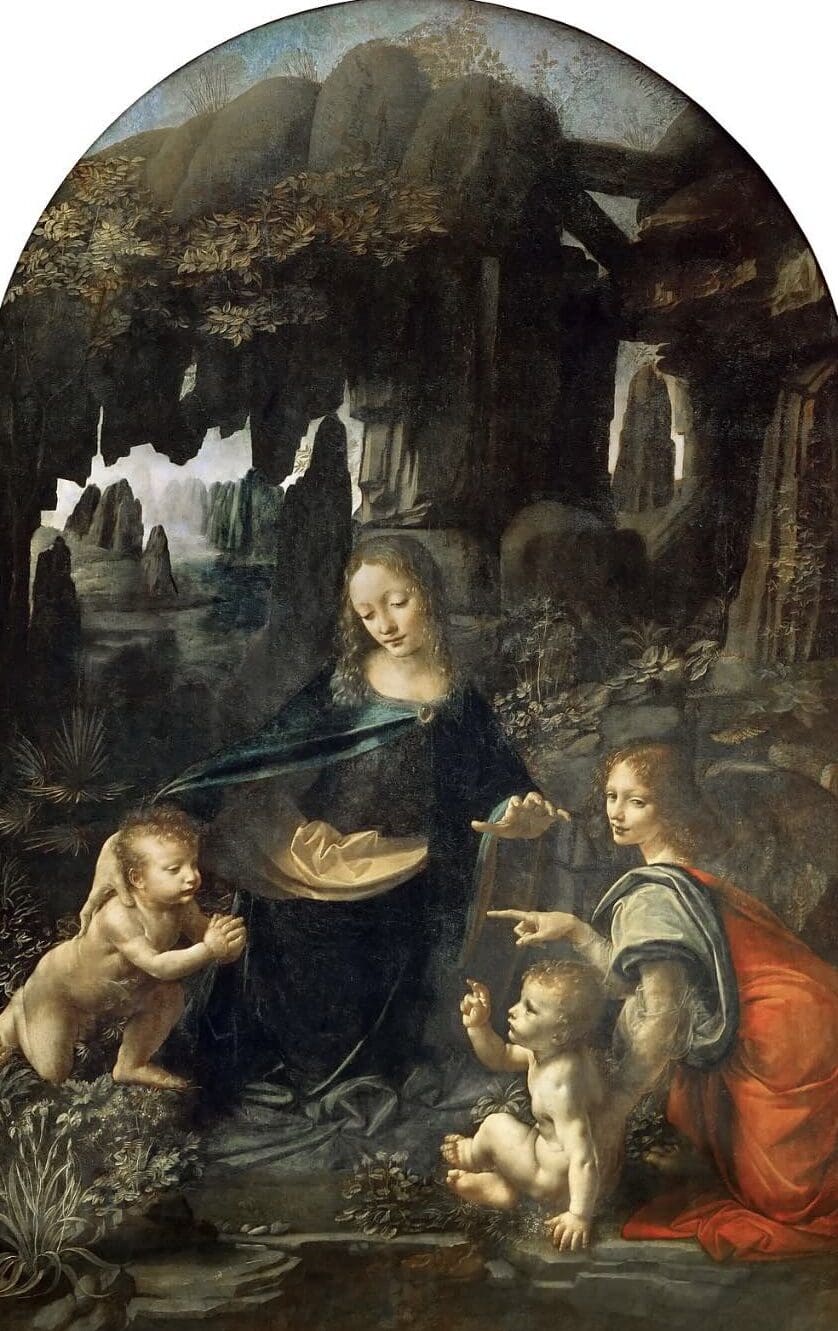
The Virgin Mary, a symbol of purity and divine grace, was a prominent subject in Renaissance art. Iconic works like Raphael’s The Sistine Madonna and Leonardo da Vinci’s The Virgin of the Rocks portrayed Mary with tenderness and humanity, emphasizing her role as the intercessor between God and humanity.
Saints and Martyrs
The Catholic Church celebrated the lives of saints and martyrs, commissioning artworks to honor their sacrifices and virtues. Paintings and sculptures of figures like Saint Peter, Saint Sebastian, and Saint Catherine inspired devotion and served as moral exemplars for the faithful.
Heavenly Realms and the Divine
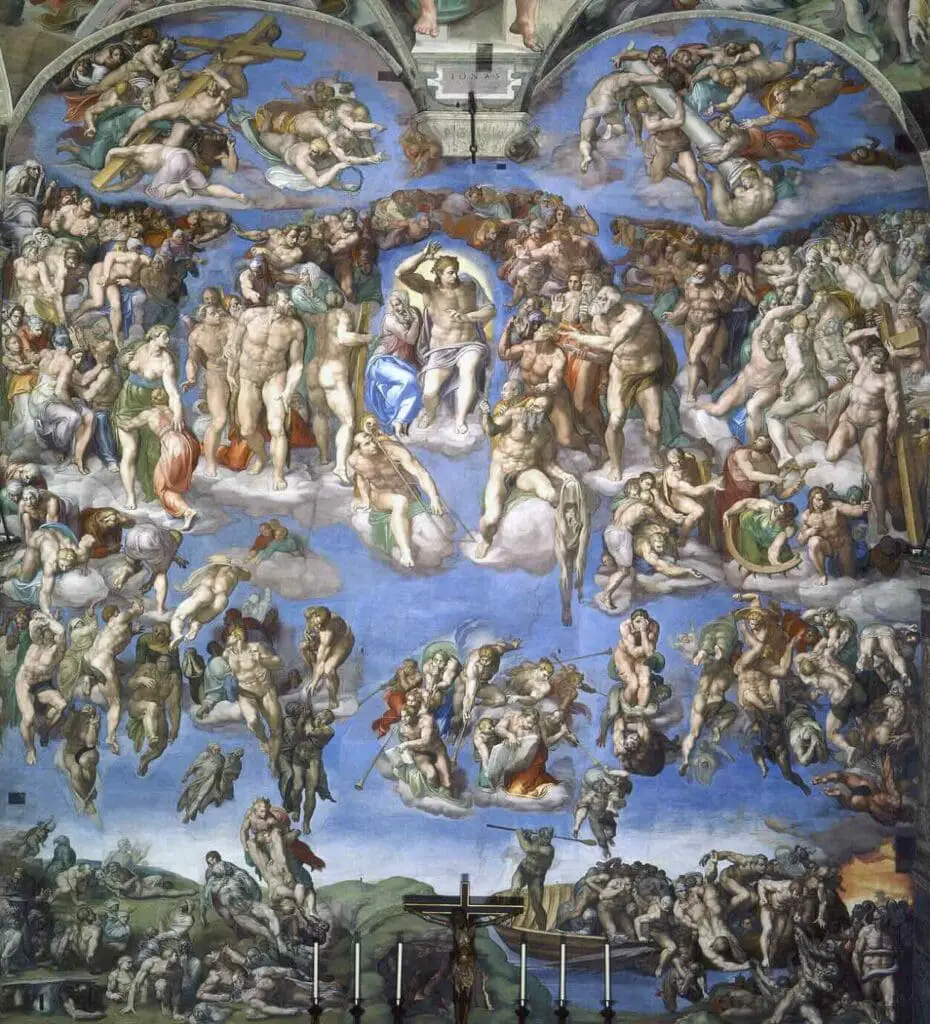
Renaissance artists often depicted scenes of heaven, angels, and the Last Judgment. Michelangelo’s The Last Judgment in the Sistine Chapel is a masterful example, portraying the drama and majesty of divine justice with unparalleled intensity.
Artistic Innovations Fostered by the Church
The Catholic Church’s patronage influenced the content of Renaissance art and spurred significant technical and stylistic advancements. Artists pushed the boundaries of creativity to meet the Church’s demands for awe-inspiring works.
Linear Perspective
The Renaissance saw the development of linear perspective, allowing artists to create the illusion of depth and three-dimensional space on a flat surface. This technique, pioneered by figures like Brunelleschi and Masaccio, was used to bring Biblical scenes to life. For example, Masaccio’s The Holy Trinity demonstrates a mastery of perspective, drawing viewers into the sacred space.
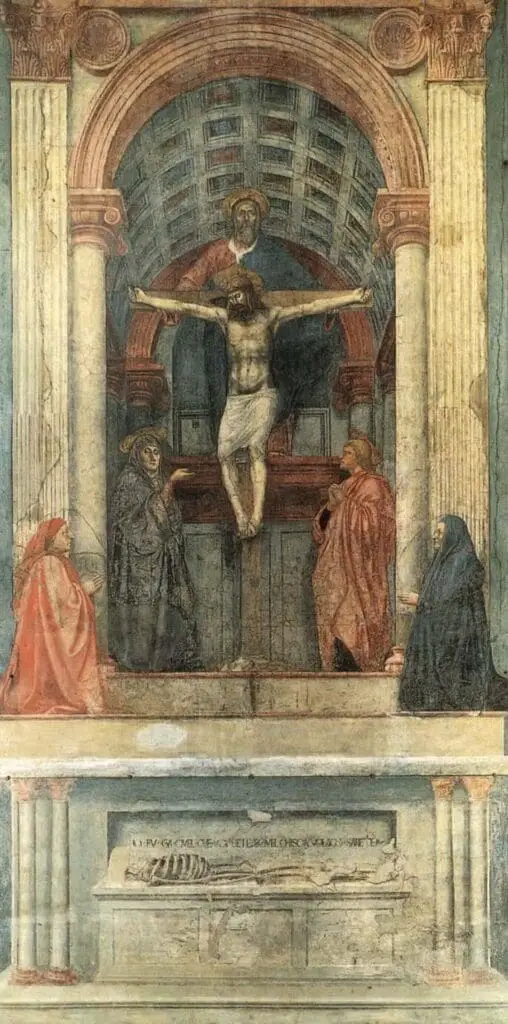
Naturalism and Human Emotion
Inspired by humanism, Renaissance artists sought to depict religious subjects with greater realism and emotional resonance. Figures in paintings and sculptures were rendered with lifelike anatomy and expressions, making sacred stories more relatable. Michelangelo’s Pietà, for instance, captures the sorrow of Mary cradling the lifeless body of Christ with poignant realism.
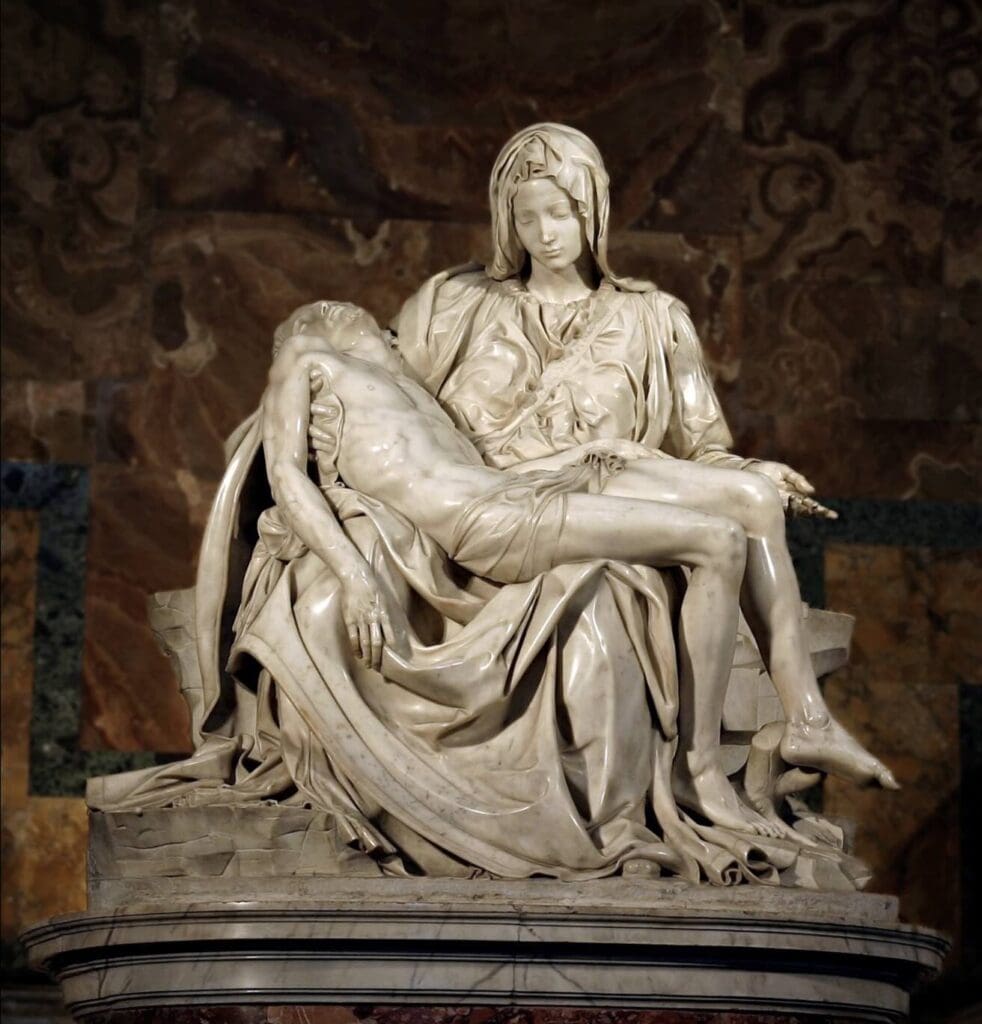
Chiaroscuro and Light
Light and shadow (chiaroscuro) became a hallmark of Renaissance art, adding drama and depth to religious scenes. Artists like Caravaggio employed this technique to create striking contrasts, enhancing their works’ spiritual and emotional impact.
Key Artists and Their Contributions to Religious Art
Several iconic artists rose to prominence during the Renaissance, creating masterpieces deeply influenced by Catholic theology and patronage.
Michelangelo Buonarroti
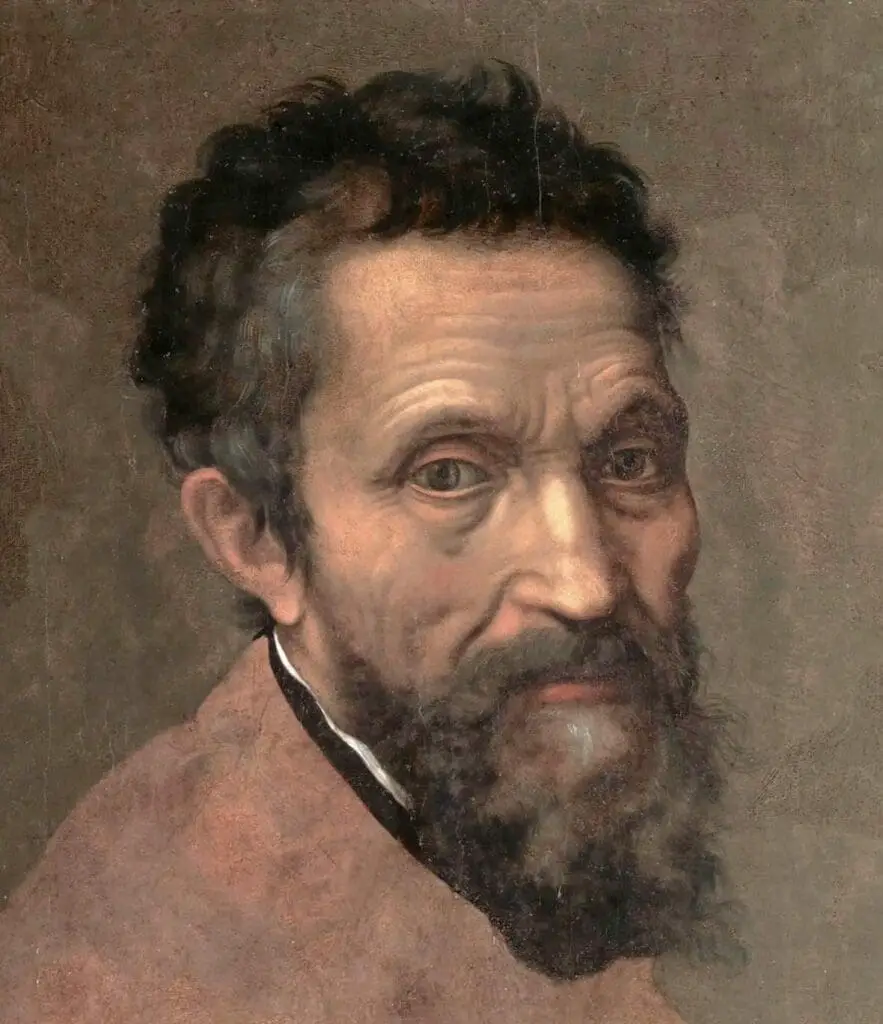
Michelangelo was one of the most celebrated artists of the Renaissance, known for his monumental contributions to religious art. Commissioned by Pope Julius II, Michelangelo painted the ceiling of the Sistine Chapel, depicting scenes from the Book of Genesis, including The Creation of Adam, which remains one of the most iconic images in art history. His sculpture David and The Pietà further showcases his unparalleled skill in capturing human form and divine emotion.
Leonardo da Vinci
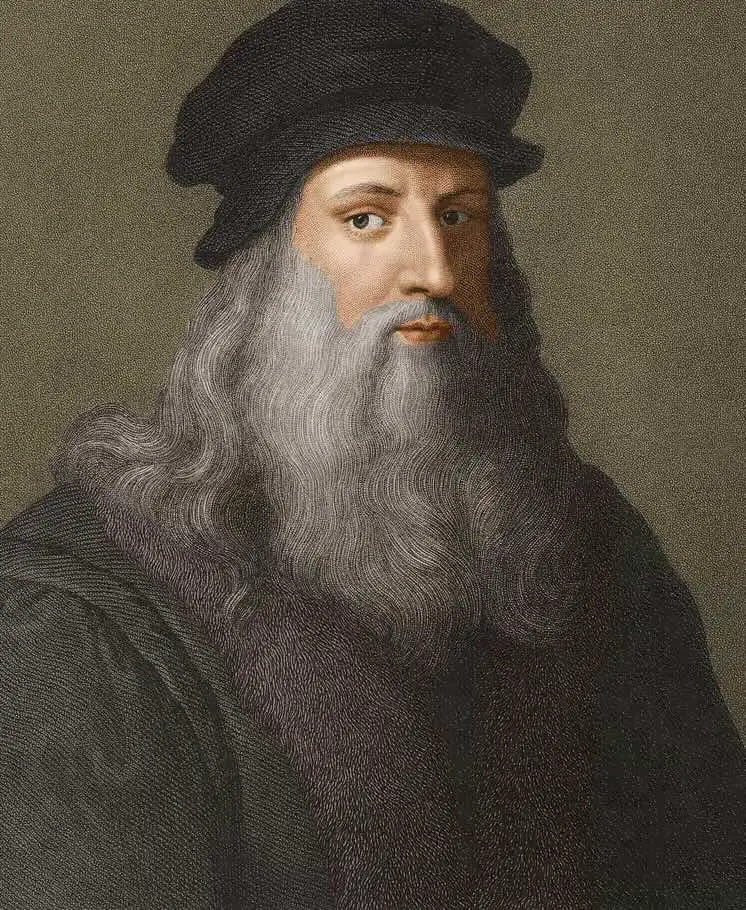
Leonardo da Vinci’s religious works reflect his mastery of technique and deep intellectual engagement with theology. The Last Supper is a revolutionary depiction of Christ’s final meal with his disciples, emphasizing psychological tension and divine presence. Leonardo’s ability to blend scientific observation with artistic expression made his religious art uniquely profound.
Raphael Sanzio
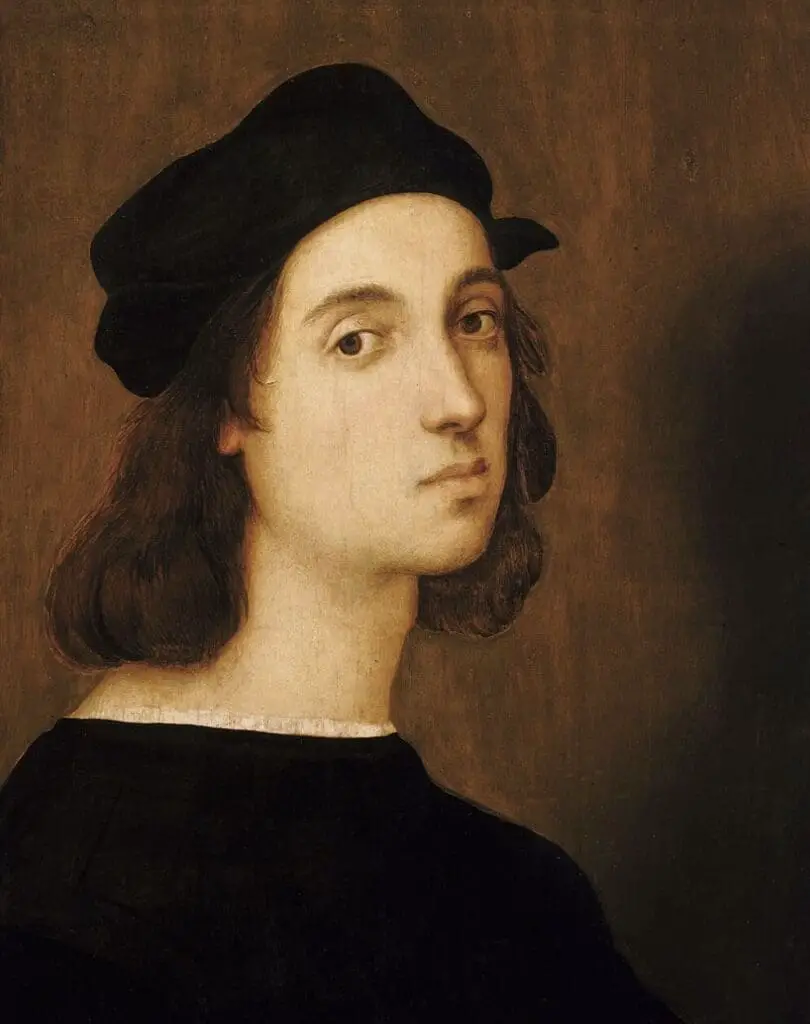
Raphael, celebrated for his grace and harmony, created numerous works for the Catholic Church. Though not explicitly religious, his The School of Athens reflects the Church’s embrace of classical knowledge. Meanwhile, his Madonna paintings, such as The Sistine Madonna, exemplify the idealized beauty and serenity of the Virgin Mary.
Titian
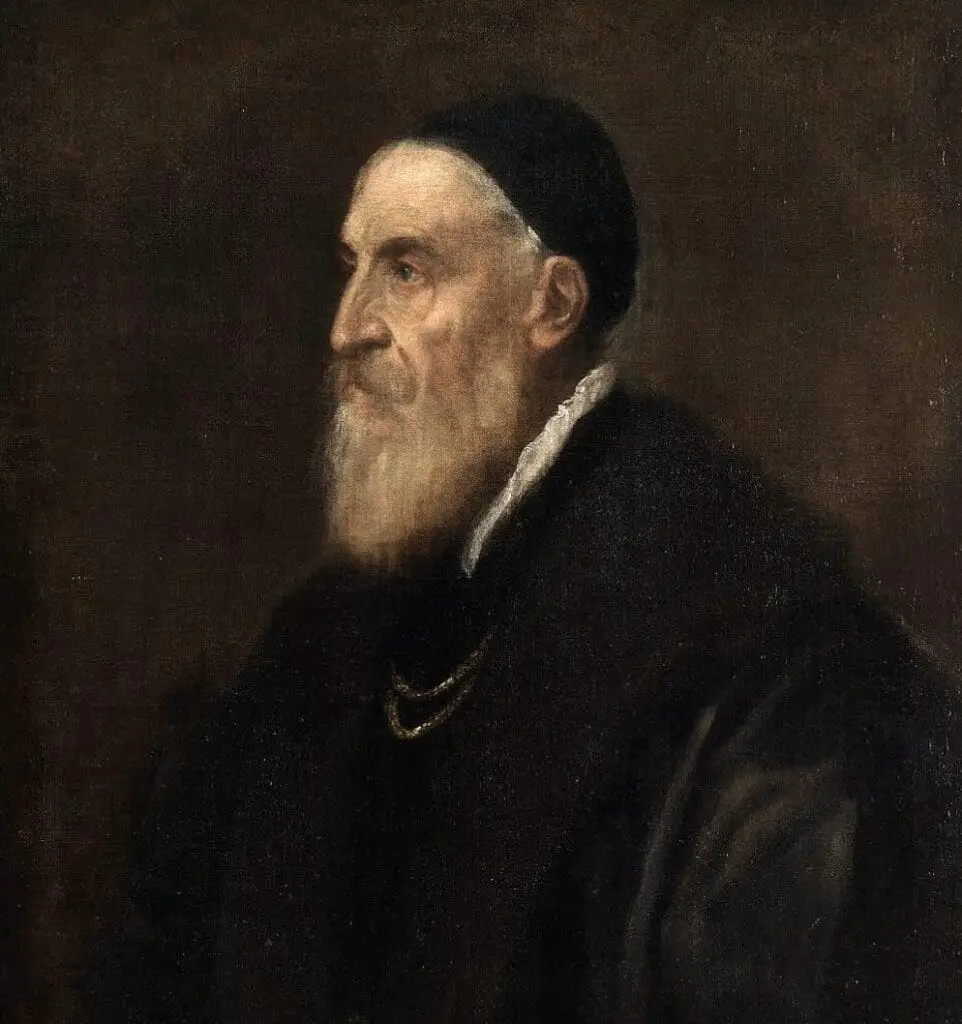
As a leading figure of the Venetian Renaissance, Titian created altarpieces and portraits infused with rich color and dramatic composition. His Assumption of the Virgin is a masterpiece of movement and divine splendor, capturing the moment of Mary’s ascension to heaven.
The Counter-Reformation and Religious Art
The Catholic Church’s influence on art reached new heights during the Counter-Reformation, a movement launched in response to the Protestant Reformation. The Council of Trent (1545–1563) emphasized the importance of art as a tool for inspiring faith and combating heresy.
Baroque Art
The Counter-Reformation gave rise to the Baroque style, characterized by dramatic compositions, intense emotion, and grandeur. Artists like Caravaggio and Bernini were instrumental in creating works aligned with the Church’s goals. Caravaggio’s The Calling of Saint Matthew uses chiaroscuro to convey divine intervention, while Bernini’s Ecstasy of Saint Teresa captures spiritual transcendence with dynamic realism.
Art as Propaganda
The Catholic Church used art to reaffirm its authority and inspire devotion. Elaborate frescoes, altarpieces, and sculptures adorned churches and cathedrals, reinforcing the Church’s central role in spiritual and cultural life.
The Enduring Legacy of Catholic Church Art
The Catholic Church’s patronage during the Renaissance left an indelible mark on art history. Its influence extended beyond the religious sphere, shaping Western art’s techniques, themes, and values. Even as secularism grew in later centuries, the masterpieces created under the Church’s guidance continued to inspire artists and audiences alike.
Cultural Heritage
Many of the most celebrated works of Renaissance art remain in churches, cathedrals, and Vatican collections. The Sistine Chapel, St. Peter’s Basilica, and countless other sites testify to the Church’s role in fostering artistic achievement.
Inspiration for Modern Artists
The themes and techniques developed during the Renaissance continue to influence contemporary art. Modern artists often draw on religious imagery and Renaissance innovations, reinterpreting them in new and thought-provoking ways.
Art as a Universal Language
The Catholic Church’s emphasis on using art to convey spiritual truths underscores the universal power of visual storytelling. Renaissance religious art transcends its original context, speaking to audiences of all faiths and backgrounds.
Catholic Church and Renaissance Art: A Sacred Partnership
The Renaissance was a golden age of creativity, and the Catholic Church played a pivotal role in shaping its artistic legacy. By commissioning and inspiring some of history’s greatest masterpieces, the Church glorified its faith and elevated art to new heights of technical and emotional sophistication.
The influence of the Catholic Church on Renaissance art reminds us of the profound connection between creativity and spirituality. These works continue to resonate across centuries, offering lessons in devotion, innovation, and the enduring power of human expression.
Whether admired for their religious significance or artistic brilliance, the masterpieces of the Renaissance remain timeless treasures, enriching our understanding of art and the divine.
Anita Louise Art is dedicated to art education, great artists, and inspiring others to find and create their art. We love art that uplifts and inspires. #ArtToMakeYouSmile! #ArtToMakeYouHappy!
If you want to see any of my art, you can find out more by clicking here. If you are interested in what inspires me and my paintings, you can discover more by clicking here.
We have a free newsletter and would love you to be part of our community; you can subscribe to the newsletter by clicking here. If you have any questions, I would be happy to talk to you at any time. You can reach me, Anita, by clicking here.
Subscribe to our Anita Louise Art YouTube Channel with great videos and information by clicking here.
Join us for our podcast “5 Minutes With Art.” Spend 5 minutes a week with us to discover and learn about great art and artists. You can find out more about our podcast by clicking here.
Related Questions
What Did Leonardo da Vinci Contribute To The Renaissance?
Leonardo da Vinci made many contributions to the Renaissance in art, science, engineering, medicine, and architecture. He was a keen observer who wrote down a lot of what he discovered in his notebooks. His artistic techniques changed how artists painted and influenced many other Renaissance artists.
By clicking here, you can learn more by reading What Did Leonardo da Vinci Contribute To The Renaissance?
What Did Leonardo da Vinci Contribute To Medicine?
Leonardo da Vinci contributed a lot to the medical field of study. His work contributed to our understanding of anatomy, medical physics, biomedical engineering, and neuroscience. As an artist and scientist, he was fascinated with the human body.
By clicking here, you can learn more by reading What Did Leonardo da Vinci Contribute To Medicine?
Did Michelangelo And Leonardo Know Each Other?
Michelangelo and Leonardo da Vinci knew each other but were considered bitter rivals. Leonardo da Vinci and Michelangelo knew each other, but they did like each other. They were both asked to do a commission on the Council Hall of the Palazzo Vecchio and were supposed to work side-by-side; the project was never completed.
By clicking here, you can learn more by reading Did Michelangelo And Leonardo Know Each Other?

